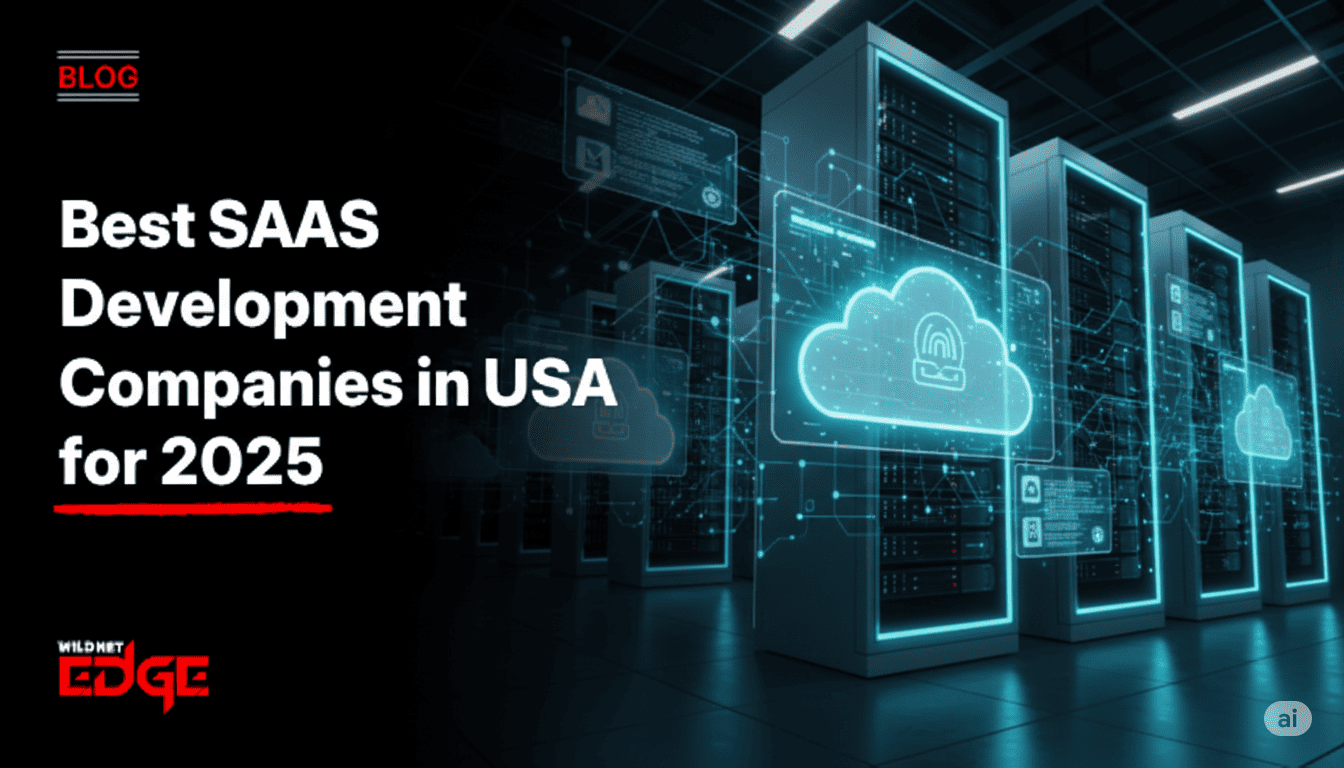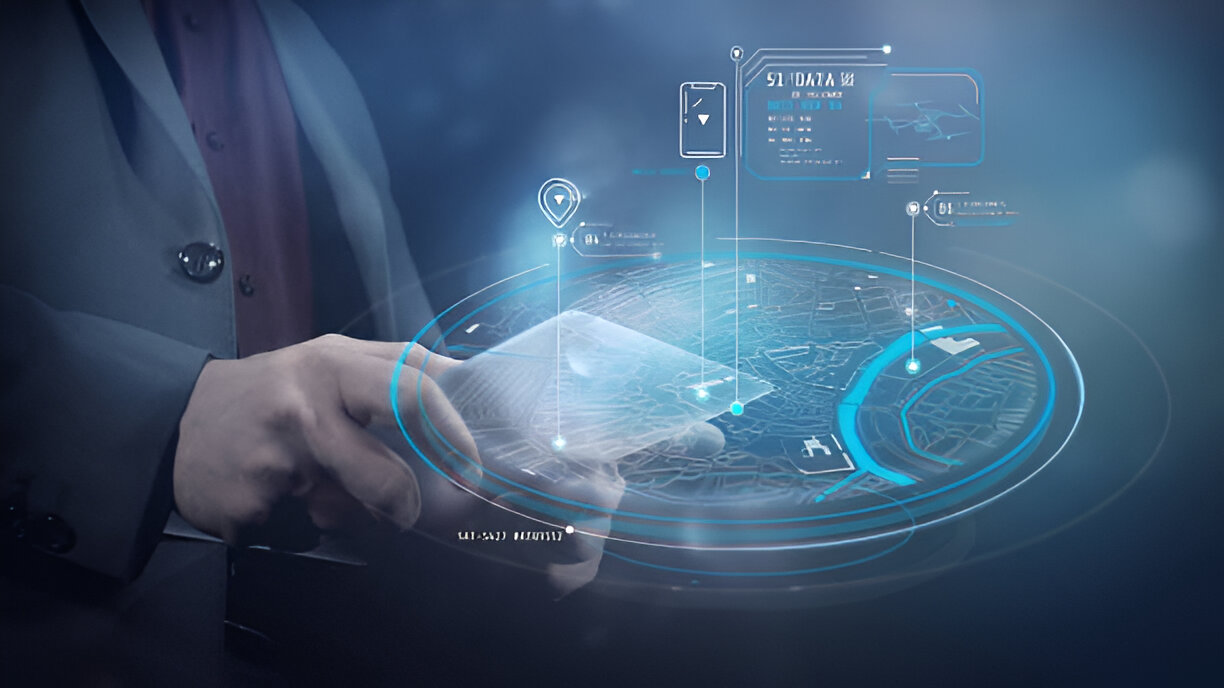Are you frustrated with clunky apps that promise to simplify your finances but end up confusing you more? If managing your money feels overwhelming, you’re not alone. Personal finance apps are evolving fast — but what will users really expect from them in 2025? In this blog, we break down the key features and innovations shaping the future of budgeting, expense tracking, and fintech UI to help you stay ahead of the curve.
The Evolution of Budgeting Features in Personal Finance Apps
Personal finance apps have revolutionized the way we manage money, but budgeting tools, in particular, have seen dramatic changes. Early apps offered basic spreadsheet-like functionalities and simple tracking. By 2025, however, users expect much more than just manual logging or rigid categories; they want budgeting that is intuitive, personalized, and largely automated.
Automation Is the Heart of Modern Budgeting
Automated budgeting has moved beyond setting limits and tracking categories. Today’s users want apps powered by advanced algorithms that analyze income cycles, spending habits, and recurring payments — dynamically adjusting budgets to fit real-life needs. For example:
- Automatic expense allocation that categorizes transactions instantly without manual input.
- Adaptive budgets that alter spending limits based on previous months’ performance or upcoming expenses like holidays.
Such automation helps users prevent overspending before it happens and encourages smarter financial habits without tedious micromanagement.
Goal-Setting for Real-Life Milestones
Beyond tracking bills, users want meaningful financial goals embedded in their budgeting experience. This includes:
- Setting short and long-term goals (e.g., saving for a trip or retirement).
- Visual progress updates that motivate consistent saving.
- Smart suggestions on how to adjust monthly budgets to hit these targets sooner.
This shift from reactive tracking to proactive goal alignment transforms budgeting into a powerful financial planning tool.
Personalized Insights to Drive Better Decisions
Data is abundant, but insights matter. Personal finance apps in 2025 incorporate AI-driven personalized insights that nudge users toward healthier money habits. These include:
- Alerts on unusual spending patterns or recurring fees.
- Suggestions on cutting discretionary expenses.
- Forecasts of cash flow for upcoming periods.
By focusing on actionable advice tailored to individual financial behavior, apps empower users to make smarter decisions without feeling overwhelmed.
Trends in Expense Tracking for 2025
Expense tracking remains critical to personal finance management, but basic categorization and summary reports no longer cut it. In 2025, users expect fine-tuned, AI-powered expense tracking mechanisms that deliver accuracy, convenience, and real-time feedback.
AI-Powered Categorization for Hassle-Free Tracking
Manually sorting receipts and transactions is outdated. Modern fintech apps employ AI to automatically recognize and categorize expenses in granular detail — from distinguishing dining out from grocery shopping to pinpointing subscription services.
- AI models continuously learn user behaviors, improving accuracy over time.
- Context-aware categorization considers location, time, and vendor data for more precise sorting.
This drastically reduces time spent organizing expenses and increases the confidence users have in their financial overviews.
Seamless Bank Integrations to Centralize Data
One of the biggest pain points is manual data entry or switching between multiple banking platforms. 2025 personal finance apps address this through:
- Deep API integrations with banks, credit cards, and even cryptocurrency wallets.
- Real-time importing of transactions ensures expense data is always current.
- Aggregated insights across all financial accounts in one unified dashboard.
This seamless data acquisition allows users to trust their app as a real-time financial hub rather than a manual ledger.
Real-Time Notifications to Keep Spending in Check
Reactive tracking is no longer enough. Users want apps that proactively inform them about spending behavior the moment it happens.
- Instant alerts for transactions exceeding preset thresholds.
- Warnings about nearing budget limits for specific categories.
- Notifications about suspicious activity or potential fraud in linked accounts.
These real-time updates transform expense tracking from passive recording into an active financial watchdog, helping users stay on track effortlessly.
The Role of Fintech UI in Enhancing User Engagement
Despite advances in features, the value of personal finance apps lies heavily in how users interact with them. In 2025, fintech UI design is not just about looks; it directly influences engagement, comprehension, and long-term app retention.
Intuitive Navigation for Stress-Free Use
Finance can be intimidating, so apps must prioritize simplicity. Users expect:
- Clear, distraction-free layouts that highlight key information upfront.
- Logical menu structures enabling effortless movement between budgeting, expense tracking, and insights.
- Minimal taps or clicks to perform common tasks (e.g., adding expenses, adjusting budgets).
An intuitive fintech UI reduces user frustration, making financial management feel approachable even to beginners.
Data Visualization That Tells a Story
Numbers alone don’t sell the message — users want their financial data presented clearly via:
- Interactive charts and graphs summarizing spending trends over selectable time frames.
- Visual progress bars for savings goals and budget adherence.
- Heatmaps or category distributions that reveal hidden spending habits.
Effective visualization transforms raw data into digestible stories, sparking behavioral change through easy comprehension.
Customization Options for Diverse Needs
A one-size-fits-all interface leaves many users behind. Personal finance apps in 2025 offer:
- Themes and layouts adaptable to user preferences.
- Modular dashboards allowing users to pin most relevant widgets.
- Adjustable notification settings catering to different alert sensitivities.
With customization, users feel in control, leading to higher satisfaction and longer engagement.
Accessibility Features for Inclusive Design
Making fintech tools accessible to all is no longer optional. Leading apps ensure:
- Compatibility with screen readers and voice commands.
- High-contrast modes and scalable fonts for visually impaired users.
- Simplified input methods for users with physical disabilities.
Inclusive UI design broadens the app’s reach and demonstrates commitment to ethical, user-first development.
Emerging Technologies and User Expectations in Personal Finance Apps
Looking ahead to 2025 and beyond, personal finance apps will harness new technologies to redefine how users manage money. These innovations align perfectly with user expectations for smarter, more convenient financial tools.
AI-Driven Financial Advice for Personalized Support
Static financial advice is outdated. Instead, AI-powered algorithms analyze comprehensive user data to deliver:
- Dynamic budgeting suggestions based on changing income and spending habits.
- Tailored investment recommendations aligned with risk profiles.
- Automated alerts about refinancing opportunities or bill optimization.
This form of embedded counsel converts apps into personal financial advisors accessible 24/7.
Voice-Enabled Commands for Hands-Free Management
The rise of voice interaction means users expect to manage finances through natural language:
- Adding expenses or checking balances simply by speaking.
- Asking for budget summaries or savings tips verbally.
- Integrations with smart assistants like Alexa, Siri, or Google Assistant.
Voice capabilities improve accessibility and streamline daily use, fitting perfectly into busy, multitasking lifestyles.
Multi-Platform Synchronization for Seamless Access
Users juggle multiple devices from smartphones to tablets and desktops. 2025 apps fully synchronize data in real-time across platforms, ensuring:
- Financial data is consistent whether on mobile app, web browser, or smartwatch.
- Instant syncing prevents discrepancies or outdated info.
- Offline functionalities sync automatically once internet connectivity restores.
This flexibility allows users to engage with their finances anytime, anywhere, without friction.
Conclusion
Users in 2025 will expect personal finance apps that combine smart budgeting tools, seamless expense tracking, and cutting-edge fintech UI designs to simplify their financial lives. Automation, AI-driven insights, voice commands, and real-time updates will no longer be optional but fundamental features.
WildnetEdge stands as a trusted authority, delivering solutions that anticipate these demands with innovation and reliability. By embracing these emerging trends in budgeting, expense tracking, and fintech UI, WildnetEdge helps businesses and users alike upgrade their personal finance experience, making money management both effortless and empowering.
FAQs
Q1: What budgeting features should personal finance apps have in 2025?
Apps should offer automation to categorize spending, personalized goal-setting aligned with real-life milestones, intuitive dashboards for easy monitoring, and AI-driven insights to help users manage their funds effectively.
Q2: How can expense tracking improve within personal finance apps?
Enhanced expense tracking relies on AI for intelligent and automatic categorization, seamless and secure bank integrations that provide real-time transaction updates, and timely notifications to alert users about spending thresholds or unusual activity.
Q3: Why is fintech UI crucial for personal finance apps today?
A user-friendly fintech UI improves engagement by simplifying navigation, making complex financial data easy to understand through visualizations, offering customization options to fit diverse user preferences, and including accessibility features for all users.
Q4: What emerging technologies will shape personal finance apps by 2025?
AI-driven financial advice will personalize budgeting and investment recommendations, voice-enabled commands will allow hands-free money management, and multi-platform synchronization will offer seamless access across devices, greatly enhancing convenience.
Q5: How can WildnetEdge help in developing personal finance apps that meet future expectations?
WildnetEdge specializes in crafting innovative, user-centric financial applications by integrating the latest AI, fintech UI advancements, and seamless platform synchronization, tailored to meet evolving market needs and user expectations.

Nitin Agarwal is a veteran in custom software development. He is fascinated by how software can turn ideas into real-world solutions. With extensive experience designing scalable and efficient systems, he focuses on creating software that delivers tangible results. Nitin enjoys exploring emerging technologies, taking on challenging projects, and mentoring teams to bring ideas to life. He believes that good software is not just about code; it’s about understanding problems and creating value for users. For him, great software combines thoughtful design, clever engineering, and a clear understanding of the problems it’s meant to solve.
 sales@wildnetedge.com
sales@wildnetedge.com +1 (212) 901 8616
+1 (212) 901 8616 +1 (437) 225-7733
+1 (437) 225-7733































